Chai is more than just a drink in India; it’s a feeling. It gets you going in the morning, keeps you going on long train rides, fills in the gaps in awkward conversations and warms your hands on cold nights. Chai is a part of everyday life, whether it is at a roadside stall or in home kitchens.
One may be of the opinion that there are only a few types of chai in India but that’s not true. In fact, there are various varieties of chai found across the country and each one of them has its own unique story, spices, flavours and preparation.
Let’s take a sip-by-sip tour through some of the Indian chai you can experience.
Masala Chai: The Spicy Classic
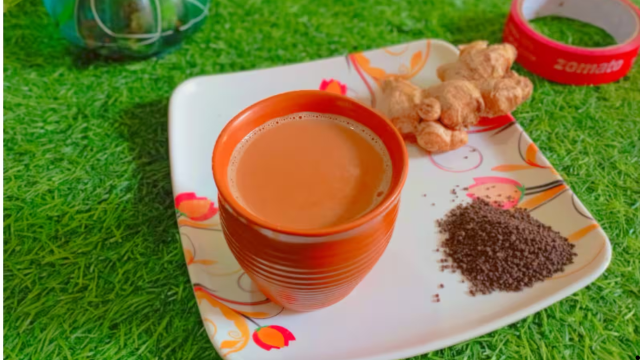
Most people who don’t live in India think of masala chai when they hear the word “Indian tea.” And that’s for a good reason. This popular kind of tea is made with black tea, milk, sugar and a warm mix of spices like cardamom, ginger, cloves and cinnamon. Also, every chaiwala and every home has a secret recipe. You feel warm and cosy with just one sip.
Cutting Chai: Mumbai’s Iconic Half Glass
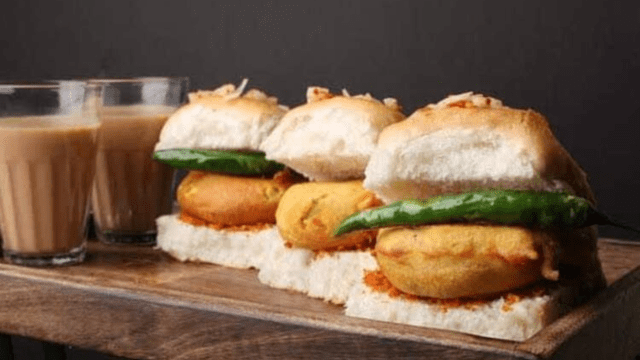
If you’ve ever been to Mumbai, you’ve probably heard someone shout “Ek cutting!” This is not a different kind of tea but it is a smaller serving of strong, sweet, milky chai that has been poured into small glasses. You can get a quick energy boost from cutting chai between work meetings or while talking to friends by the side of the road.
Kulhad Chai: Earthen Elegance
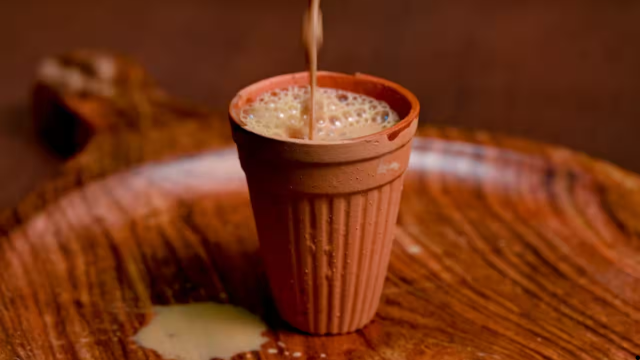
This chai isn’t just about taste; it’s about the whole experience. It’s served in unglazed clay cups called kulhads. The porous clay gives the tea a subtle earthy smell, and the disposable cup gives it a rustic look. In North India, you can often find kulhad chai at dhabas on the highway or in old city lanes. Some might even remember that kulhad chai was served in trains some years back.
Tandoori Chai: The Fiery Twist
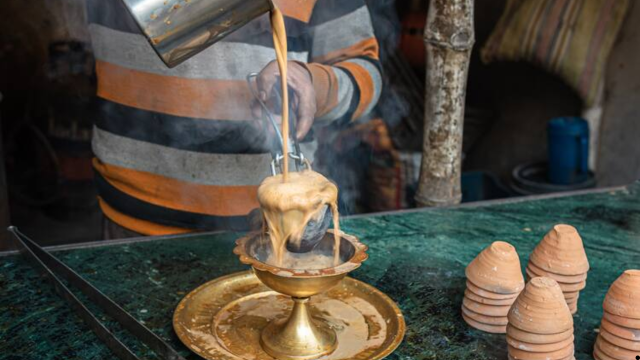
Yes, it’s exactly what it sounds like—tea prepared and served in a tandoor. A kulhad is pre-heated in a tandoor until it’s scorching hot. The tea is then poured into the steaming cup, which causes it to froth and bubble dramatically. The result? A smoky, creamy, Insta-worthy chai experience that’s taken cities like Pune and Delhi by storm.
Sulaimani Chai: The Fragrant Southerner
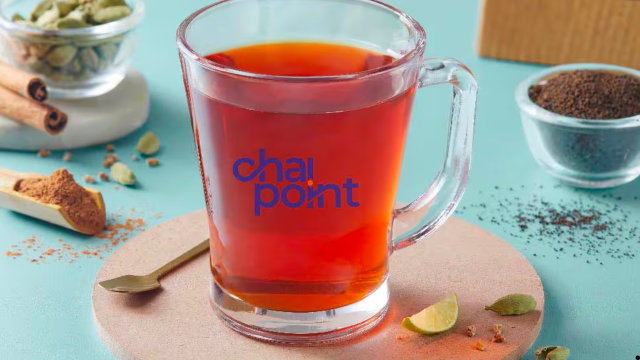
Sulaimani chai is a popular drink in Kerala and parts of Southern India. It’s light, spicy and doesn’t have any milk in it. It’s a nice change from the usual rich, milky kinds because it’s often made with black tea, lemon, sugar, and a little cardamom or ginger. It is traditionally served after meals and helps with digestion and clears the palate very well.
Noon Chai: Kashmir’s Pretty Pink Brew
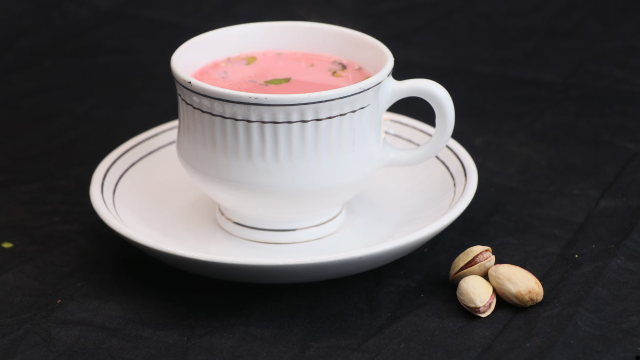
Also known as Gulabi Chai, this beautiful pink tea from Kashmir is made using green tea leaves, baking soda, milk, and salt. Yes—salt! It is sometimes garnished with crushed almonds to add an extra dash of flavour. Noon chai is typically enjoyed with Kashmiri breads like sheermal or bakarkhani, especially in the cold winters.
Lebu Cha: Bengal’s Street-Style Sip
Lebu cha, or lemon tea, is a Bengali favourite, especially on hot afternoons. It’s nothing like milky masala chai. It’s tangy, refreshing, and great for Kolkata’s famous adda sessions (casual hangouts). It’s made with black tea, lemon juice, a pinch of black salt, and sometimes a little ginger or mint.
Butter Tea: Himalayan Strength
You can find butter tea in the cold mountains of Ladakh, Sikkim and parts of Arunachal. It’s a thick, salty drink made from tea leaves, yak butter, and salt. In Ladakh and Tibet, it’s called po cha. It’s more like soup than tea, and it gives you the calories and warmth you need at high altitudes.
Craving Chai Already?
You can get your perfect cup of chai in just a few taps, whether you want a hot kulhad masala chai on a rainy evening or a light and zesty lebu cha after lunch. You can use food delivery apps like Zomato to find tea shops, speciality cafes and popular chai places in your area.

